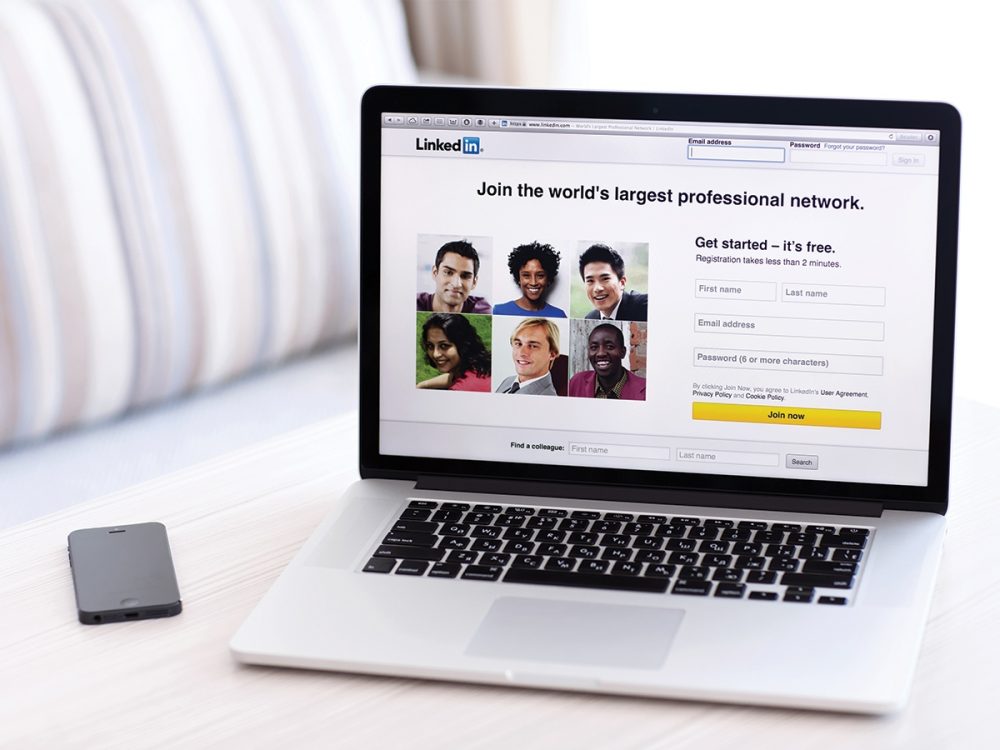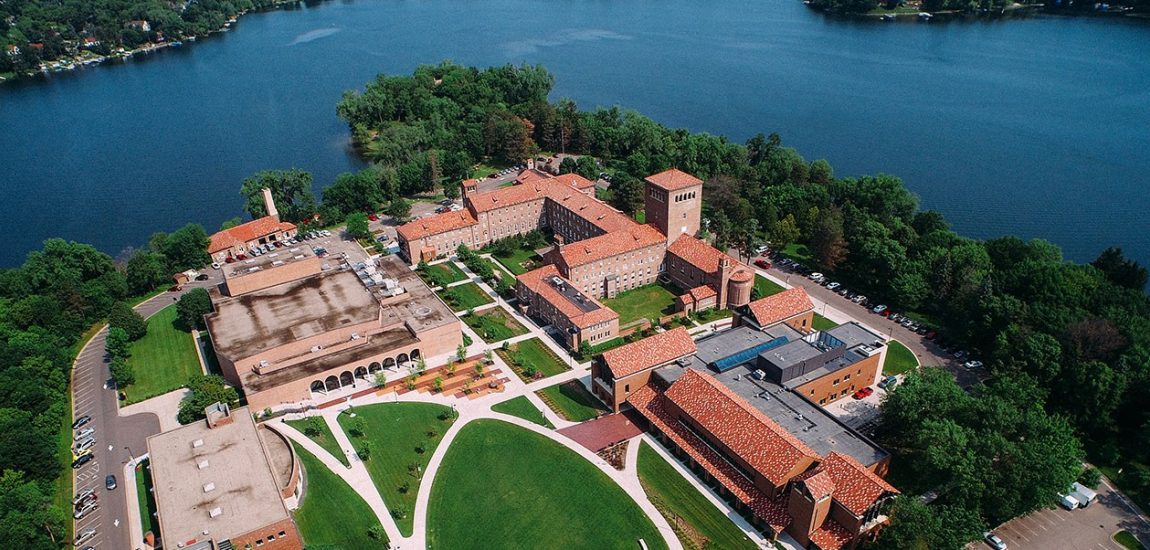LinkedIn is a social media site for professionals who are interested in creating connections with other business professionals. You can connect with job recruiters, previous employment contacts, and learn what exciting new things business are doing a regular basis. It is one of the easiest ways to network and establish professional relationships.
Building your profile
When you begin creating your LinkedIn profile, remember that if it is 100% complete, then it is 100% more likely to get noticed by other business professionals and recruiters. Your LinkedIn profile is your online business card, your resume, and your letters of recommendation all in one. Users with complete profiles are 40 times more likely to receive opportunities through LinkedIn.
One way to entice others to view your profile is to craft an informative profile headline. Ensure it is short but memorable so viewers understand who you are and what your professional interests and goals involve.
Every profile should also include an appropriate and professional photo. Most people choose a head shot in business or business-casual attire.
Although it can be difficult to write about yourself, now is the time to show the world how great you are. You are more experienced than you think. Add quality information so other people will find reasons to connect with you. You can list your summer jobs, paid and unpaid internships, volunteer work, student organizations, and clubs or competitions you’ve participated in.
Along with your work experience, don’t forget to include all of your education. This includes high school, colleges, and technical schools. Add your major, minor, diploma, licenses, and certifications. If you have a high GPA, you can add that as well along with any honors or awards you’ve earned.
All LinkedIn profiles should contain a professional summary statement. This could be a sentence or a brief paragraph. Your statement should be inspirational, concise, and confident about your goals and qualifications. You could also use a line or two from your resume.
Your profile will also contain a skills and endorsements section, ensure you add professional keywords to this area. Recruiters and hiring managers use keywords in search engines to locate possible hires. To find relevant keywords, search job listings that appeal to you, company profiles, and LinkedIn profiles of people who hold the position you want.
Make your profile unique by claiming your own URL. You can shorten your URL by removing extra letters and numbers in the web address. This makes it easier to include your LinkedIn URL in your email signature or on the top of your resume, which is a great way to show your professionalism.
Networking begins with the people you already know. Ask professors, colleagues, employers, friends, and mentors to consider endorsing one or more of your skills. Then ask previous coworkers to write you a professional recommendation that can be featured on your profile. Return the favor and write recommendations on their own profiles.
Building Connections
Once your profile is built, it is time to begin making connections. Use your inbox to build your LinkedIn network by uploading your online address book and connecting with friends, relatives, internship colleagues, and professionals you know in the “real world.”
Connect with people you know and ensure you add a friendly note to your connection request. This could include a reminder of where you met or what organization or connection you have in common. Your connection request is more likely to be accepted with this personal touch.
Get outside of your comfort zone and request to join other LinkedIn groups. There are a variety of groups related to your field of interest, just search a topic and see what comes up. As a member of a group, you can comment on discussions, find exclusive job listings, and meet people who share common interests.
Building Your Use of LinkedIn
Once you have established a few connections with other people, you need to continue to update your status weekly. LinkedIn is not a “set it and forget it” kind of online platform. You can stay on other people’s radar by posting about events you’re attending, projects you’ve completed, professional books you’re reading, etc. Remember, these updates need to be professional and work focused!
Consider lending a virtual hand by commenting on another professional’s status, forwarding a job listing, or writing a recommendation. This is a great way to create good will and build your network.
After you have created an online network of professional friends, it is time to step away from your computer. You can support your online network through real human contact. Now is not the time to be shy. Set up phone calls and attend live events. Remember that online methods should supplement, not replace in-person relationship building.
Now that you have the tools necessary to create your own professional network, start building your LinkedIn profile today.

